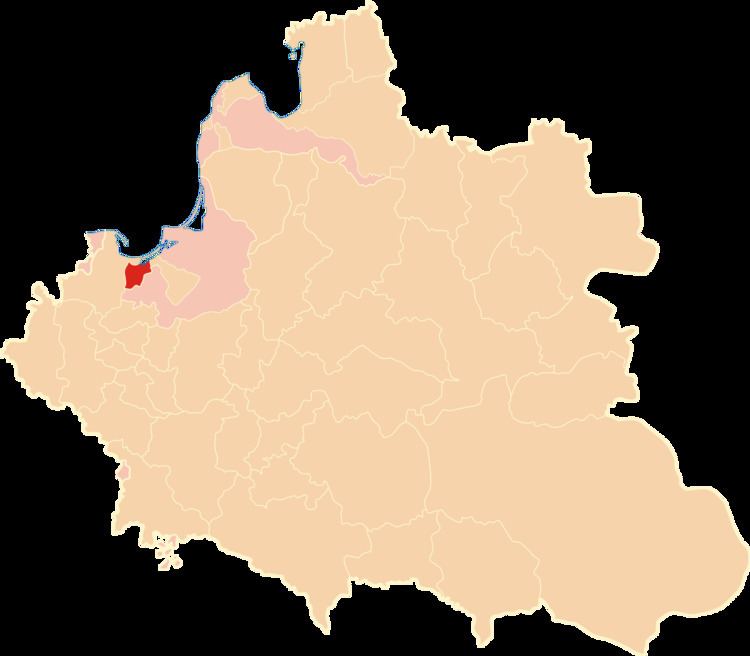1466–1772 → Area 2,096 km² | Political subdivisions Counties 4 | |
 | ||
The Malbork Voivodeship (Polish: Województwo malborskie) was a unit of administrative division and local government in the Kingdom of Poland from 1454/1466 until the partitions in 1772–1795. Together with the Pomeranian and Chełmno Voivodeships and the Prince-Bishopric of Warmia it formed the historical province of Royal Prussia. Its capital was at Marienburg (Malbork).
Contents
History
After the Teutonic Knights during the 13th century had conquered the Prussian territories and incorporated them into the Order's State, the castle of Marienburg served as the seat of the Grand Masters. Following the 1410 Battle of Grunwald, the Knights once again could withstand the Polish Siege of Marienburg. However, after the uprising of the Prussian Confederation in 1454 (in which Marienburg did not participate) and the outbreak of the Thirteen Years' War with the Kingdom of Poland, they had to withdraw to Königsberg and after their final defeat lost the castle and the surrounding territory in the 1466 Second Peace of Thorn.
King Casimir IV Jagiellon of Poland annexed the territory and established the voivodeship of Marienburg, including the towns of Elbing (Elbląg), Stuhm (Sztum) and Christburg (Dzierzgoń). Since the 1569 Union of Lublin the Lands of the Polish Crown were part of the larger Polish-Lithuanian Commonwealth. Marienburg Castle was occupied twice by troops of the Swedish Empire: during the Thirty Years' War 1626–1629 and again from 1656 to 1660 during the Second Northern War. In 1772 the voivodeship was annexed by Prussia in the First Partition of Poland and became part of the newly established Province of West Prussia the next year.
Zygmunt Gloger in his monumental book Historical Geography of the Lands of Old Poland provides this description of Malbork Voivodeship:
“The smallest of three voivodeships of Polish Prussia, it was divided into four counties: Sztum, Kiszpork, Elblag and Malbork. Local starostas resided at Kiszpork, Sztum, Tolkmicko, and other locations. Sejmiks and courts were not located at Malbork, but at Sztum, which itself was governed by the starosta of Kiszpork. At sejmiks, local nobility elected eight deputies to the Prussian Sejm, e.g. two from each county (...) Malbork Voivodeship’s coat of arms was almost identical as Chelmno Voivodeship’s, with differences in color of the eagle. The Prussian Sejm took place alternatively at Malbork and Grudziadz".
Administration
Voivodeship Governor (Wojewoda) seat:
Voivodes list:
Regional council (sejmik generalny):
The Voivodeship was divided into four powiats (counties or administrative divisions):
